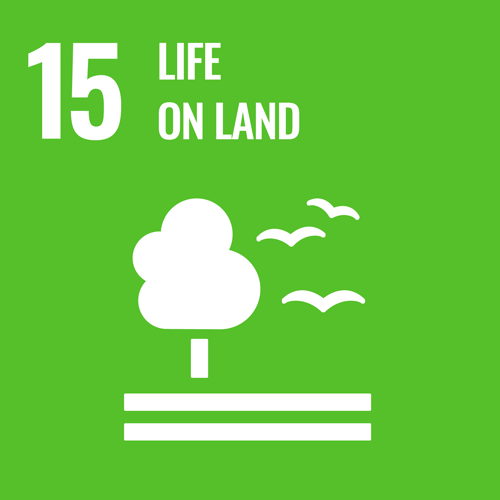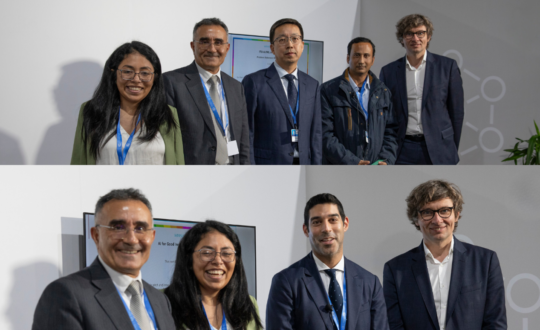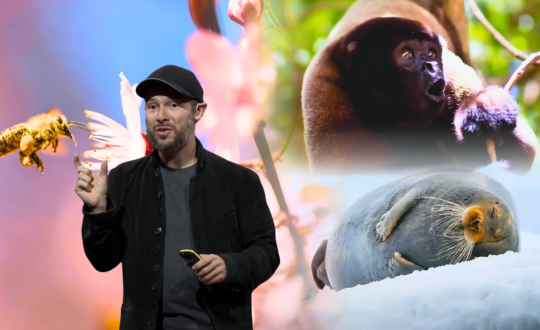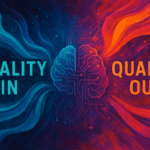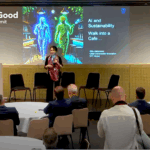On 20 February 2023, AI for Good, in partnership with the United Nations Convention on Biological Diversity, NatureServe, and the Alexander von Humboldt Institute of Colombia, launched a new Discovery series focused on AI for Biodiversity. The series aims to explore the intersection between AI and biodiversity knowledge and conservation, and examine how AI is transforming the field of biodiversity.
“The AI for biodiversity series is a platform to exchange ideas and motivate creative solutions for the use of AI to support effective and timely actions, to monitor biodiversity and to support its conservation and sustainable use”, said Dr. David Cooper, Acting Executive Secretary of the Secretariat of the Convention on Biological Diversity (CBD).
During this first session of the series, moderated by María Cecilia Londoño from Humboldt Institute, and Mike Gill from NatureServe, we welcomed Dr. David Cooper from the Convention on Biological Diversity (CBD) and Professor Andrew Gonzalez from McGill University who gave some insights on the actual state of the biodiversity field.
To learn more about AI for Biodiversity and the new AI for Good Discovery series, watch this AI for Good Discovery:
How AI is transforming the field of biodiversity
In December 2022, governments agreed on the Kunming-Montreal Global Biodiversity Framework (GBF), aiming to stop and reverse biodiversity loss by 2030. The framework consists of four goals for 2050 and 23 action targets for 2030. These actions involve protecting 30% of the planet, restoring 30% of degraded areas, reducing the loss of high biodiversity areas, and stopping the extinction of known threatened species caused by humans.
AI can help achieve these targets, as its use in biodiversity conservation is more prevalent now that there is an increasing need for efficient conservation strategies. AI technologies have the potential to provide valuable insights into biodiversity changes, detect and attribute causes to those changes, and help prioritize and plan conservation efforts.
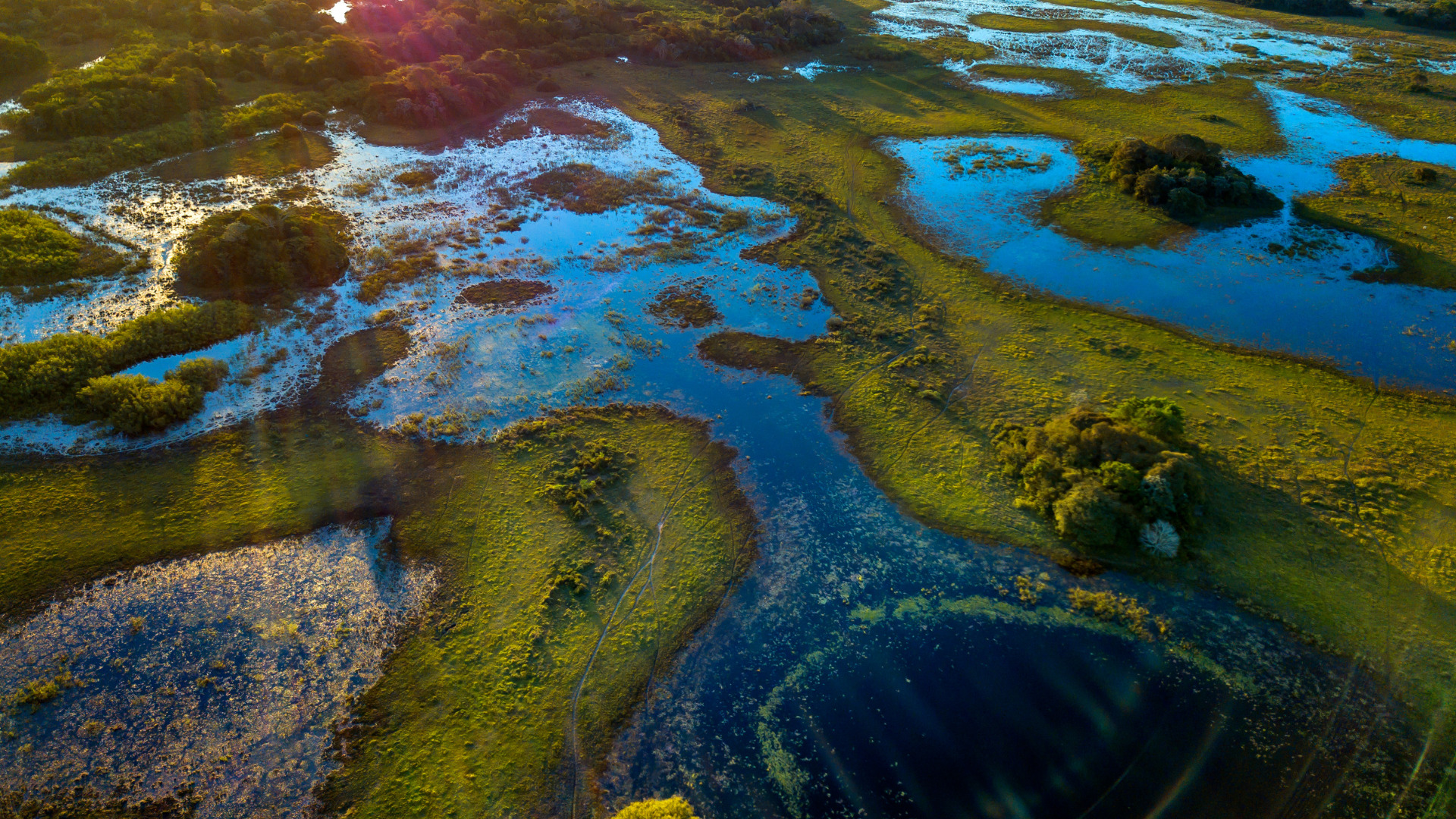
The detection attribution framework and the challenges of monitoring biodiversity for action
Monitoring biodiversity for action at all scales comes with its challenges that must be faced to take action to reverse the current decreasing trends in our ecosystems. First, experts must address the issue of data inequity, the access to biodiversity data on observation and models being unequal across countries and communities.
“Although there are now billions of observations of biodiversity in global datasets […], they are primarily aggregated in certain geographic areas of the world”, said Andrew Gonzalez.
The community must also address the challenge of data sovereignty, which involves determining who owns the data, who has the right to use it, and how to ensure local and regional knowledge is incorporated into the decision-making process. The third issue is making workflows for indicators – communication tools that summarize data – accessible. In practice, there are only few scientists who can access the necessary analytical process from data gathering to modeling and inferences.
These major challenges in monitoring biodiversity must be addressed to capture essential information about how biodiversity is changing at different spatial and temporal scales. Machine learning and AI methods can help address these challenges, but we need to provide appropriate predictors and covariates to understand how biodiversity change is being driven by different factors at different scales.
Applications of AI and machine learning in biodiversity science:
Professor Andrew Gonzalez proposed an inferential framework to guide detection and attribution analyses called ‘detection attribution framework’. It is an interlinked multi-steps process used to understand how human activities affect biodiversity and ecosystems, allowing scientists to systematically report on progress towards the GBF. The framework involves five key steps: causal modeling, observation, estimation, detection, and attribution. In recent years, AI has been applied to each of these processes in various ways.
Under the causal modeling step, structural equation models are used to understand the cause-and-effect relationships in the ecosystem and extracting causal fingerprints to test their transferability as well as understand change in different locations. Recently, recurrent neural networks have been used to learn the structure of these causal graphs from time series data. Another recent approach involves using text mining to extract semantic causal knowledge graphs from the primary literature.
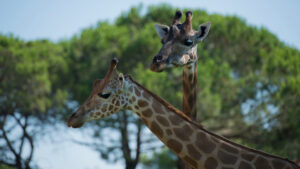
In the observation step, machine learning algorithms are used to analyze large datasets of biodiversity observations, such as those from satellites, sensors, and cameras. AI-based methods can identify changes in the distribution, abundance, and traits of species over space and time.
In the estimation step, AI technologies can help create predictive models of future biodiversity change, based on current observations and different scenarios of human activities. These models can estimate the potential impacts of climate change, land use change, and other human activities on biodiversity and ecosystem services.
In the detection step, AI approaches combined with observations can help understand and detect the signal of change across very large areas.
In the attribution step, AI approaches are being used to identify the causes of observed changes in biodiversity, including the effects of human activities like climate change, land use change, and pollution. These approaches can use statistical models and causal inference methods to identify causal relationships and create causal graphs to understand the mechanisms driving biodiversity change.
Overall, AI and machine learning have great potential to enhance our understanding of biodiversity and our ability to monitor and protect it. By combining traditional methods and datasets with these new approaches, we can gain insights into complex ecological processes and make more informed decisions about conservation and management.
Don’t miss out on the upcoming AI for Biodiversity session about iNaturalist, one of the most popular nature platforms aiming to conserve biodiversity through public engagement, data generation, and on-the-ground conservation efforts!





